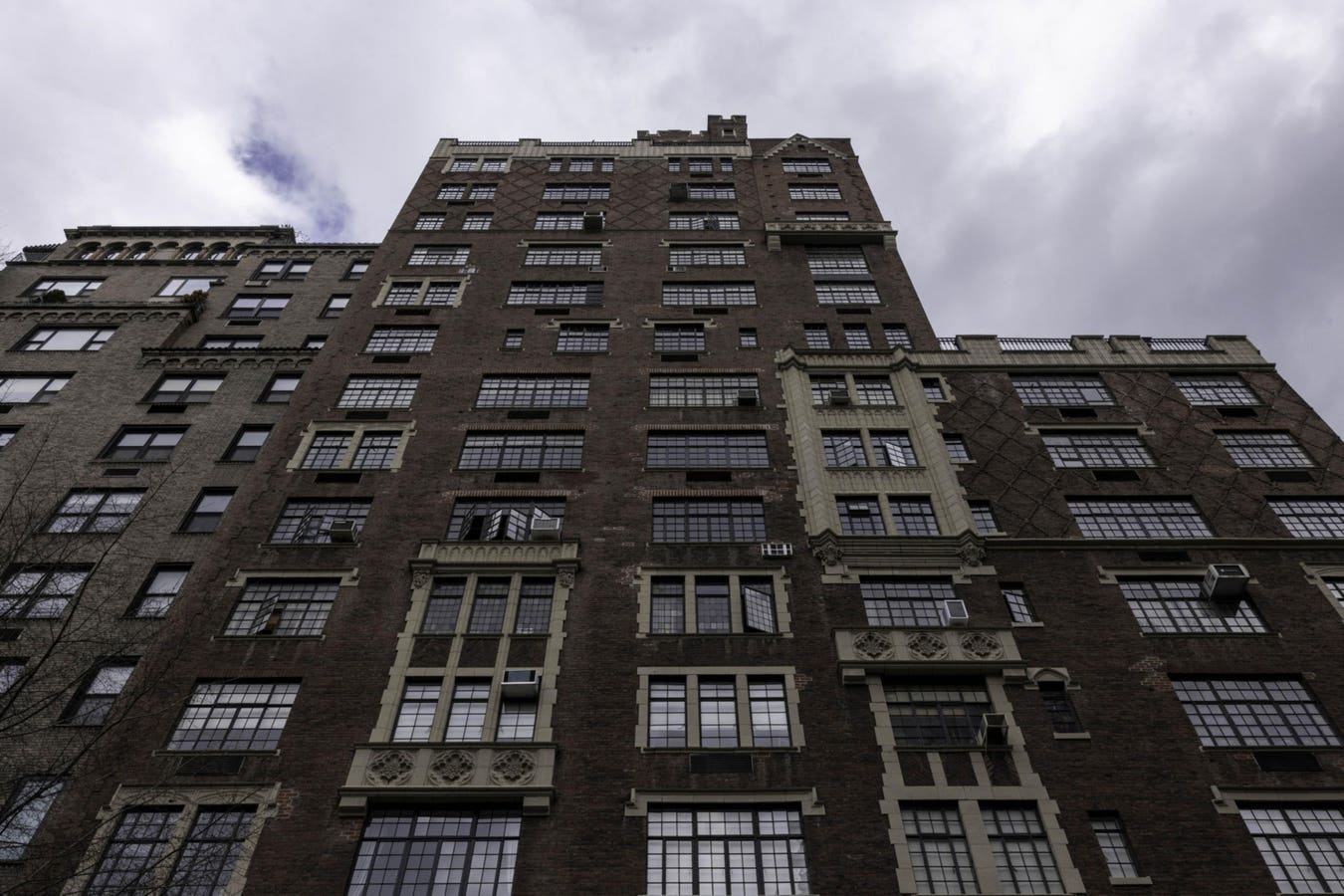Apartment and rental site Zumper came out with its June 2023 rent report, which “finds prices softening across much of the country — a bit of a surprise, since June is typically one of the busiest months of the year for moves,” says the press release.
Ah, but softening doesn’t mean tumbling down to levels that people can afford more easily. The median one-bedroom rental has a price of $1,504 a month. That is flat over May and 5.8% compared to the year before, Zumper says, the smallest since July 2021. A median two-bedroom price was $1,891, or a month-over-month increase of 0.3%.
Depending on where you live, of course. The median one-bedroom rent in New York City is $3,900. In San Francisco, $3,000. Miami, $2,860; or $2,750 in Boston. But of their overall top 100 cities, 46 are down from last month. Of the rest, 42 are up and 12 are flat.
Prices are softening because they are no longer taking parkour leaps up Fort Knox. Instead, they’re taking the tourist stairs or maybe heading to the café for an espresso.
As the company says, increased supply of apartments is providing the push for more sensible rents.
How many new apartments? Below is a graph from U.S. Census Bureau data looking at new apartment units under construction in buildings with at least five units per building:
The number of units isn’t the highest in history, but it is at one of those rare peaks where the country seems determined to catch up with its needs. That doesn’t necessarily mean that more capacity will bring relief to those who need it, for a number of reasons.
First up, the developers building these apartments are aiming at markets like those in Texas, Georgia, Florida, the Carolinas, and other parts of the Sun Belt that have seen large inflows of population as migrations have seen millions leave old strongholds and head south to warmer climes in search of cheaper living and jobs that moved with companies either looking for new headquarter homes or expansions into other states.
Next, the cost of building. Since 2019, based on Producer Price Index numbers, the business-to-business equivalent of inflation’s CPI, the cost of private industry construction is up about 43%. Not only are those costs up, but so are the prices of construction loans because of higher interest rates the Federal Reserve has put into place to fight inflation. New developments always have to bring in enough revenue one way or the other to pay for themselves and provide for a profit to the developers. That means the need for more expensive rents aimed at higher-income people to make the project pay off.
Loans are also harder to get because lenders have become more conservative about terms, as industry data source RealPage notes. A big apartment firm recently told Bloomberg that 48 lenders recently rejected a new project. That’s a bad sign.
And RealPage
RP
One more point, as a highly experienced real estate investor recently told me, the number of new units could indeed drive down rental rates and push up vacancy rates. Great for tenants in need, certainly, but also with the potential to undermine the industry and suddenly put a lot of future developing into its own ice age.
That might only kick problems down the line. The National Apartment Association, a trade group, says that the U.S. needs 4.6 million new apartment units by 2030 to dodge a “serious shortage.”
Read the full article here












